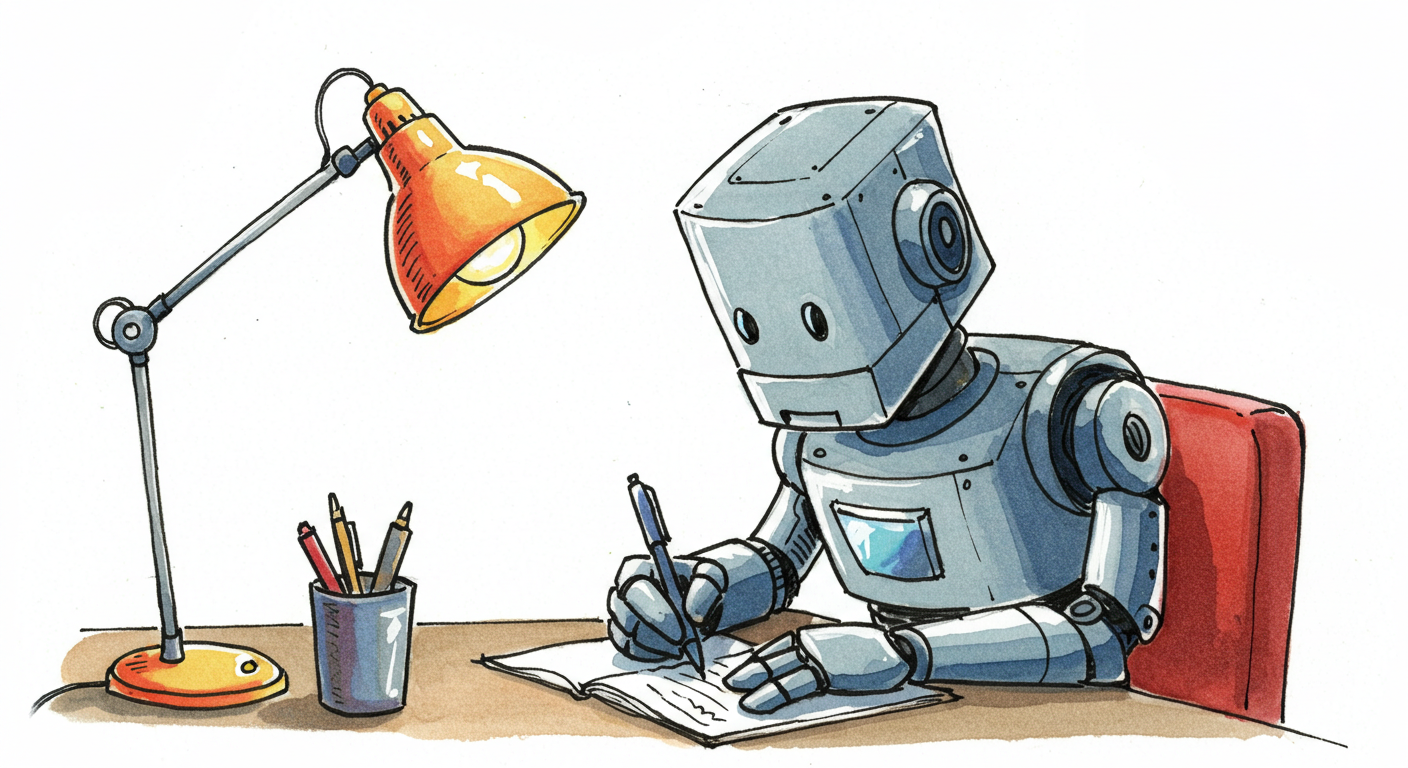How I Write with Large Language Models

This is the final version of the post, refined through the editing process I describe below. You can see my starting point by reading my first draft and comparing it with the LLM-edited draft.
ChatGPT 3.5 came out just over two years ago and sparked an explosion in Large Language Model (LLM) development. Dozens of companies released their own models, and the state of the art advanced by the hour.
At the time, I wrote about how I used ChatGPT to write. My method was primitive. With years of experience and improvements in the models, I have refined how I use LLMs to edit text. Here is my new method.
Drafting
I write the first draft entirely by hand. This helps me preserve my voice and prevents the writing from being overly influenced by the LLM. It also supports my main goal of writing: to clarify my thinking.
I used to write, edit, write, edit, and so on until I was nearly 100% happy with my work, but now I stop earlier and let the LLM handle an editing pass. Using the LLM early saves me multiple rounds of edits because they’ve become so good at fixing spelling and grammatical errors and slightly tweaking my writing without overpowering it.
The Prompt
The prompt you use with the LLM is important, because it strongly shapes how the model edits your writing. The prompt keeps the machine from filling my writing with phrases like “delve”, “showcasing”, and “underscores”. I currently use a slight variations of this prompt:
Help me edit this blog post I’m writing. Fix errors, make it clearer. Reword to make the arguments and sentences more coherent. Use the same sort of words I’m using, don’t substitute fancy synonyms. Maintain my voice. My work is below. Keep the formatting and wrap your output in ```.
Editing
Once I have the LLM’s version, I put it side-by-side with my draft to compare. Sometimes the edited version is perfect, and I’ll take an entire paragraph as is. Other times, I’ll borrow ideas about how to structuring a paragraph or a transition, but I rewrite it in my own words. The model sometimes tries to fix sections that are fine, and I simply ignore it.
After that, I go through another human editing pass to ensure my voice comes through in every sentence. Sometimes, I will have the LLM focus on specific sentences or paragraphs that still need work and iterate. Once I’m happy, I commit my changes and publish.